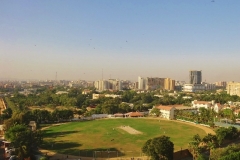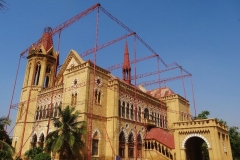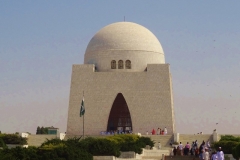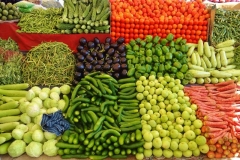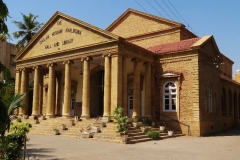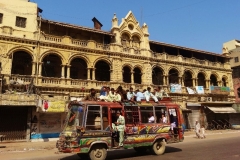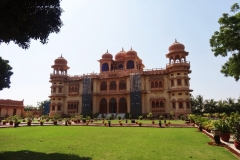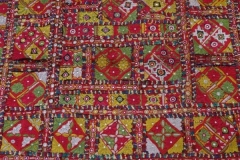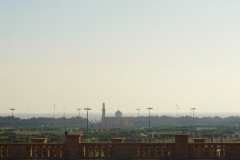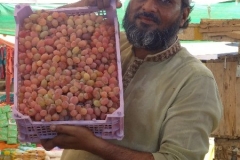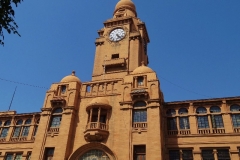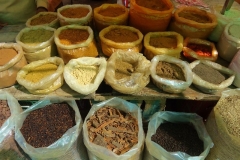Colourful Karachi
Vibrant Metropolis on the Arabian Sea
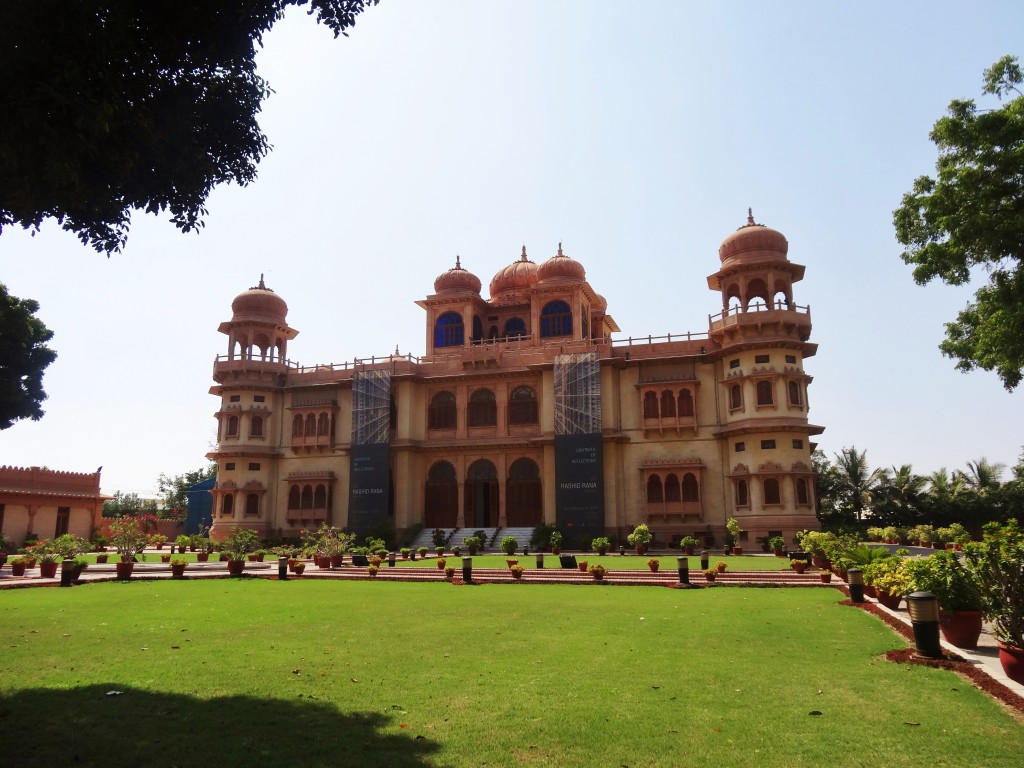
With a population of over 23 million, Karachi is Pakistan’s largest city and financial centre and the capital of the province of Sindh. It is also the biggest city in the Muslim world. Recently, I had the opportunity to pay a short visit to this vibrant and colourful metropolis. Having already spent time in India, which I loved, I was eager to discover its neighbour to the West. So, when a planned trip to the north of Pakistan was suddenly cancelled, but an offer arose to go to Karachi, I leapt at the opportunity.
Looking out over the Arabian Sea, Karachi is Pakistan’s largest port. It has a long history, with Alexander the Great having camped here after his campaign in the Indus Valley in the late 4th century BC. Karachi began as a village and grew into a centre from where merchants would trade with their counterparts in places like Muscat in Oman.
Click on the photos below to enlarge them and see the captions.
The British East India Company seized the town in 1839 and four years later it was annexed to British India. It was from Karachi that in 1864 the first telegraph was sent between British India and London using the newly laid cable that passed through the Persian Gulf. After independence in 1947, Karachi – then home to 400,000 people – became the capital of Pakistan, a title it held for 11 years.
Some buildings from colonial times still stand, such as Frere Hall and Saint Patrick’s Cathedral. Commemorating the silver jubilee of King George V, the clock on Municipal Hall recalls a different era. As I gazed at the somewhat rundown buildings along what – in the times of the British Raj – must once have been a busy commercial street, I tried to imagine what it might have looked like all those years ago.
Today, the city has moved on and glitzy centres such as the Dolmen Mall are now the focus for high-end shopping. Inside, it was strange to see British stores like Debenham’s on the other side of the world.
To cope with growing demand land is being reclaimed from the sea and new high-rise buildings are sprouting up. Yet, despite the pressure for land, some of the ancient mangrove forests still survive along the city’s waterways.
In the short time I was in Karachi, it was only possibly to see a fraction of the sprawling city, but I liked what I saw. It was strange to think that there were more than twice as many people there than in the whole of Belgium, where I live.
For me, being British, it was also interesting to finally visit a country with which Britain has so many historical connections. Everyone I met was welcoming and friendly and, once again, I was reminded that one of the great advantages of travel is being able to see for yourself what a place is like, rather than having to rely on what the media want to tell you.
My first trip to Pakistan was brief, but I hope to be able to return and to discover more of this country. Perhaps I shall even make it to the north one day.
RETURN

